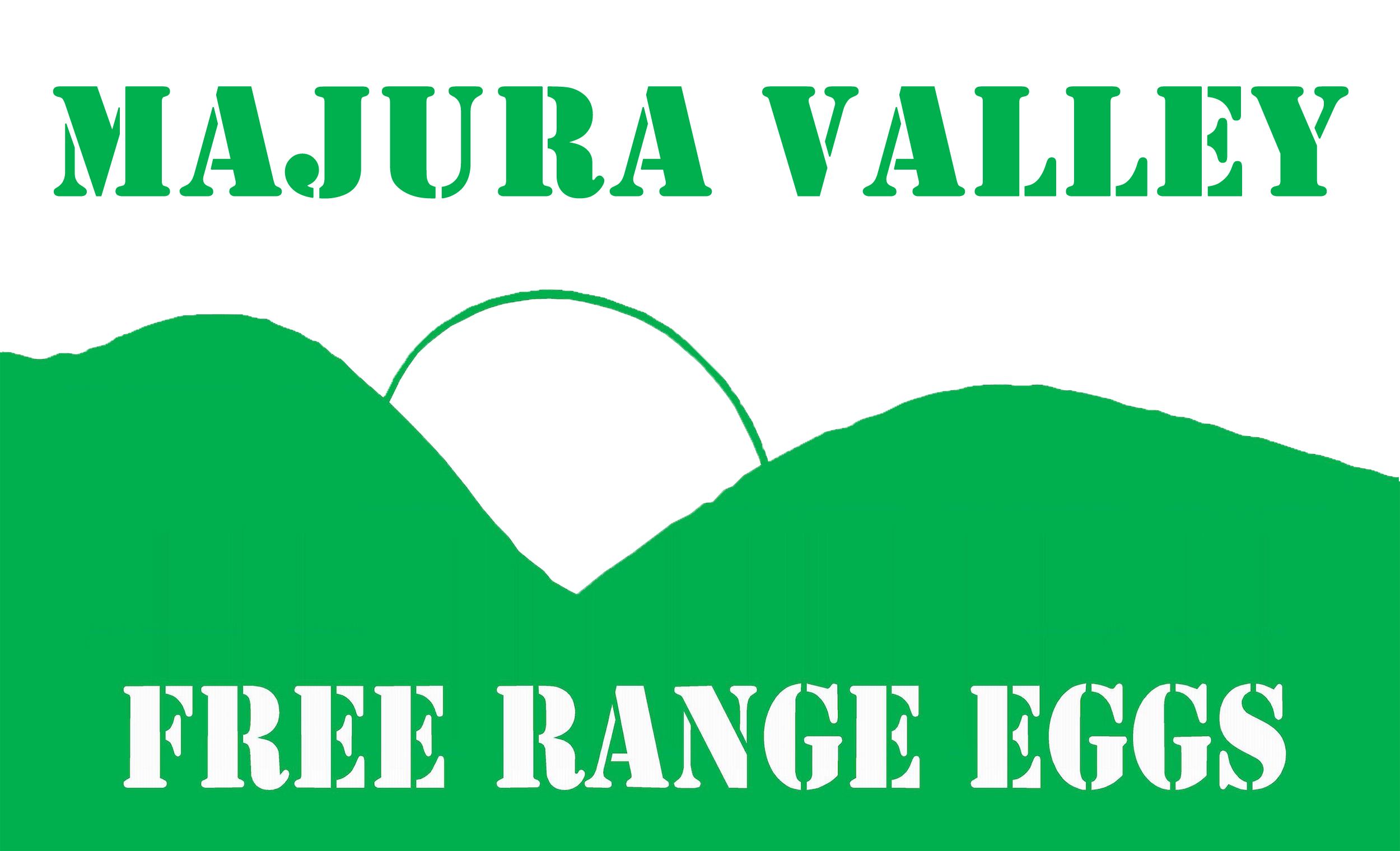From Paddock to Plate – The Story Behind Majura Valley Spring Lamb
Here at Majura Valley Free Range Eggs we’re getting ready to deliver our first batch of lambs for 2020. Born in Spring last year, we let our pasture fed lambs grow slowly, reaching their full-size around nine-months later (now!). Throughout that time, we rotate our livestock (sheep, chickens, and horses) between the paddocks which regenerates the soil and naturally fertilises it, providing the highest quality grazing for our sheep.
From here, they’ll be taken in small groups (no more than a dozen) to our butcher in Bungendore, who’ll then take them to the Capital region’s only traditional abattoir, located in Moruya. Transporting livestock in smaller groups and minimising handling is less stressful for the sheep, resulting in more tender cuts of meat. We always aim to have our sheep travel the shortest distance from farm to plate.
The abattoir in Moruya is the only one in the region which hangs the meat for several days after the slaughter, an ageing process which brings out the animal’s full depth of flavour and tenderness. This method isn’t widely used in industrial slaughterhouses these days, where speed is everything, but we feel it’s worth the wait.
From there it’s back to the Majura Valley via our Bungedore butcher, and on to you. We price our half-lamb boxes by average price across the whole sheep, rather than by the cut. This means that cuts like lamb racks – which are often more than $40 per kilo in supermarkets – are available at a much cheaper price, making premium meat available to all families. And for us, that’s what it’s all about – happy sheep, and happy customers.
